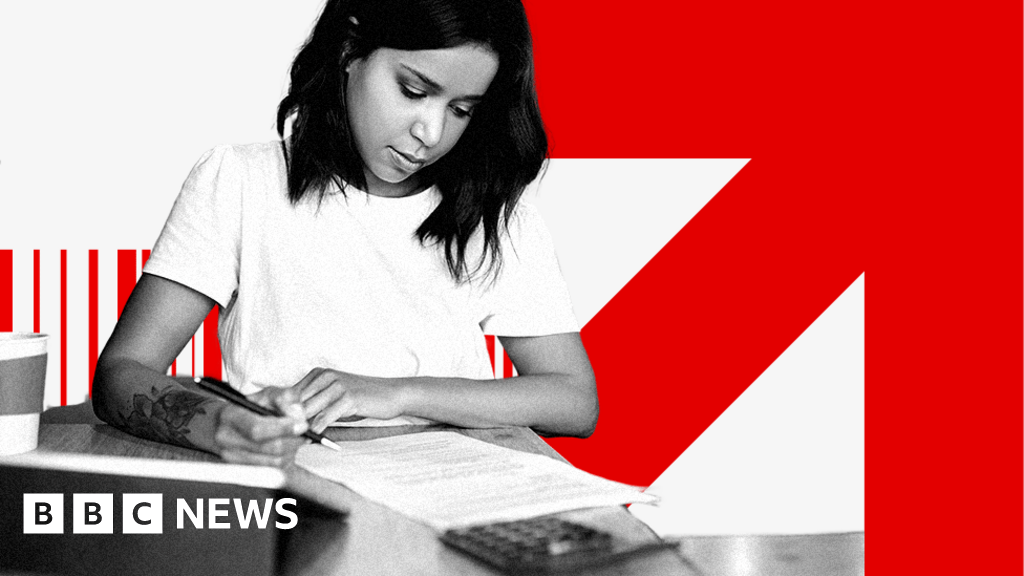Ειδήσεις Ελλάδα
Image source,
There is speculation that the government might cut income tax or National Insurance (NI) in the spring Budget.
NI contributions have already fallen for millions of employees, with a reduction for self-employed workers due to take effect in April.
But changes to the way tax is calculated mean that the amount of tax people pay overall is at record levels.
How could income tax and NI rates change in the spring Budget?
Cutting the main rate of income tax by 1p would cost £7bn, according to the Resolution Foundation think tank.
A further 1% cut to the main NI rate would cost £4.5bn per year.
Why are millions paying more tax?
Millions of people will pay hundreds of pounds more in tax because of changes to the tax thresholds – the levels at which people start paying income tax or have to pay higher rates.
Freezing the thresholds means that more people start paying tax and NI as their wages increase, and more people pay higher rates.
According to the IFS think tank, by 2027-28 an employee earning £35,000 “will be paying about £440 a year more in direct tax overall as a result of all the changes to income tax and NI since 2021”.
How is National Insurance changing?
Your device may not support this calculator
NI on income and profits above £50,270 remains at 2%.
NI rates apply across the UK.
It is not paid by people over state pension age, even if they are working.
How is National Insurance changing for the self-employed?
From the same date, they will no longer pay a separate category of NI called Class 2 contributions.
The government says the two measures will be worth £350 a year for a self-employed person earning £28,200.
What are the current income-tax rates?
Income tax is paid on earnings from employment and profits from self-employment during the tax year, which runs from 6 April to 5 April the following year.
The Basic rate is 20% and is paid on annual earnings between £12,571 and £50,270.
The Higher rate is 40%, and is paid on earnings between £50,271 and £125,140.
Once you earn more than £100,000, you also start losing your tax-free personal allowance.
You lose £1 of your personal allowance for every £2 that your income goes above £100,000.
Anyone earning more than £125,140 a year no longer has any tax-free personal allowance.
The additional rate of income tax is 45%, and is paid on all earnings above £125,140 a year.
These apply in England, Wales and Northern Ireland.
Who pays most in income tax?
For most families, income tax is the single biggest tax they pay.
But for less well-off households, a greater share of family income goes on taxes on spending, known as indirect taxes.
For the poorest fifth of households, VAT is the biggest single tax paid.
How do UK taxes compare with other countries like France and Germany?
You can look at the amount of tax raised as a proportion of the size of the economy, or GDP.
In 2022 – the most recent year for which international comparisons can be made – that figure was 35.3%.
That puts the UK right in the middle of the G7 group of big economies.
France, Italy and Germany tax more; Canada, Japan and the US less.
So in comparison with other countries, the UK is not that highly taxed.
However, it is by its own track record.
At the time of the 2023 Autumn Statement, the OBR said taxes would rise “in each of the next five years to a post-war high of 38% of GDP”.



